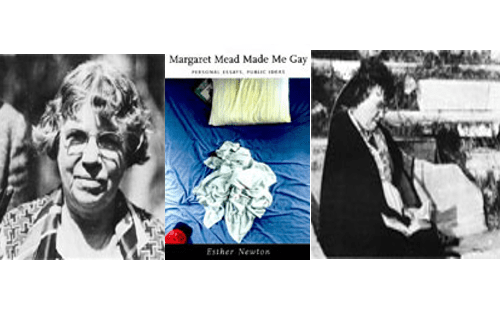Savoneta
My real motivation in creating Savoneta—and Quarantine—is perhaps to understand my own place in this complex post-colonial society. As a teen growing up in Curaçao, I was fascinated with its history. In fact, history and geography were my favorite subjects in high school. Although most of our books came from the Netherlands, and our exams were sent to the Netherlands for grading, we were lucky to have teachers who thought it was critical for us to learn the history of the region. My geography teacher, Eddie Baetens, even took our class on field trips, where we would stay in an old plantation house for the weekend and take day trips out from there.
My interest in history also started with stories about slavery. In some ways, my view was a romantic one, fueled by short stories about slavery in Curaçao from Marek Decorte’s historical novel De Bullepees 1. These stories reveal the often cruel and highly sexual interactions among the colonizers and slaves, and they take place in around plantation and other colonial houses on the island. One such house, at least in my imagination, sat along the Penstraat (the road along the sea) in the city of Willemstad and also next to the houses of the West Indian Company traders. Friends of my parents rented this house, and I always imagined it as the setting of a certain Decorte story, where two single sisters lived—and where they brought male slaves only for their own pleasure.
This particular Decorte story wasn’t the only one that triggered an intense curiosity about the past. There was another one about a man named Sjon Freddie, who fell in love with the lighter-skinned house slave Sarita. To come even close to Sarita was forbidden by Sjon’s father, who offered him access to any other slave but this one. Why? Sjon Freddie found out the hard way. After falling in love with Sarita—and eventually impregnating her with his child—he discovered that she was, in fact, his sister.
The constant sneaking around, and the constant attention from all sides that Sarita endured, was something that I, as a young girl, was well aware off. It was everywhere in my society. I likewise identified with the two sisters in the other story, who could not live an open, authentic life in the gossip-ridden town that was/is the island. Not finding a husband in the limited circle of suitable men, they inherited the fruits of their father’s slave trade and plantation; yet as single women of a certain standing, they couldn’t do anything without drawing intense scrutiny. To have sex, even, they practically had to buy slaves. And all turned out tragic when one of the sisters became pregnant—with an inter-racial child whom society would in no way accept. Here again, as an inter-racial child, I identified with the child who never fully came to be.
What most intrigued me about these stories, aside from the complex relationships between characters, were the cruel things that happened inside and immediately outside of the beautiful and colorful buildings in which the scenes were set. Situated under a radiant sky alongside the most incredible aquamarine sea, these bright buildings inspired me when times were tough—and when I felt different or alone. Like the characters, I understood how it felt to live outside of the norm. Even as a child, I was already an artist, though I didn’t know it at the time. My self-expression, my dresses, the poems I published, the solo dances I presented—all of these made me an easy target for bullies and easy prey for the eyes of many men. But I found solace in the buildings, the landscape, the sea, and the stories I read and made up under the never-ending blue sky.
As an inter-racial child, I often identified with the light-colored house slave, Sarita, and her complex existence. I lived between two worlds, neither of which I truly belonged: one was the world of the slaveholders and the other of my dark-skinned brothers, sisters, and lovers. Unlike my peers, I spoke Dutch at home instead of Papiamentu 2, the language developed by slaves. Much pride comes from speaking Papiamentu, which allowed slaves to talk openly, without slave owners and other whites understanding the conversation. Language was a form of resistance.
- Translates as hanging rope or whip.[↑]
- Papiamentu is an Afro-Portuguese Creole with many links to West-African languages, such as Guene and the language spoken in Cape Verdia. Curaçao writer and scholar Frank Martinus Arion traced the language back to its African connections in The Kiss of a Slave: Papiamentu’s West-African Connections. Martinus found that the name Papiamentu itself could be derived from different origins in Saramaccan, a group of maroons from Suriname. There, papia-papia means small talk. In Portuguese papear means to chatter. (Martinus 1997, 6).[↑]


